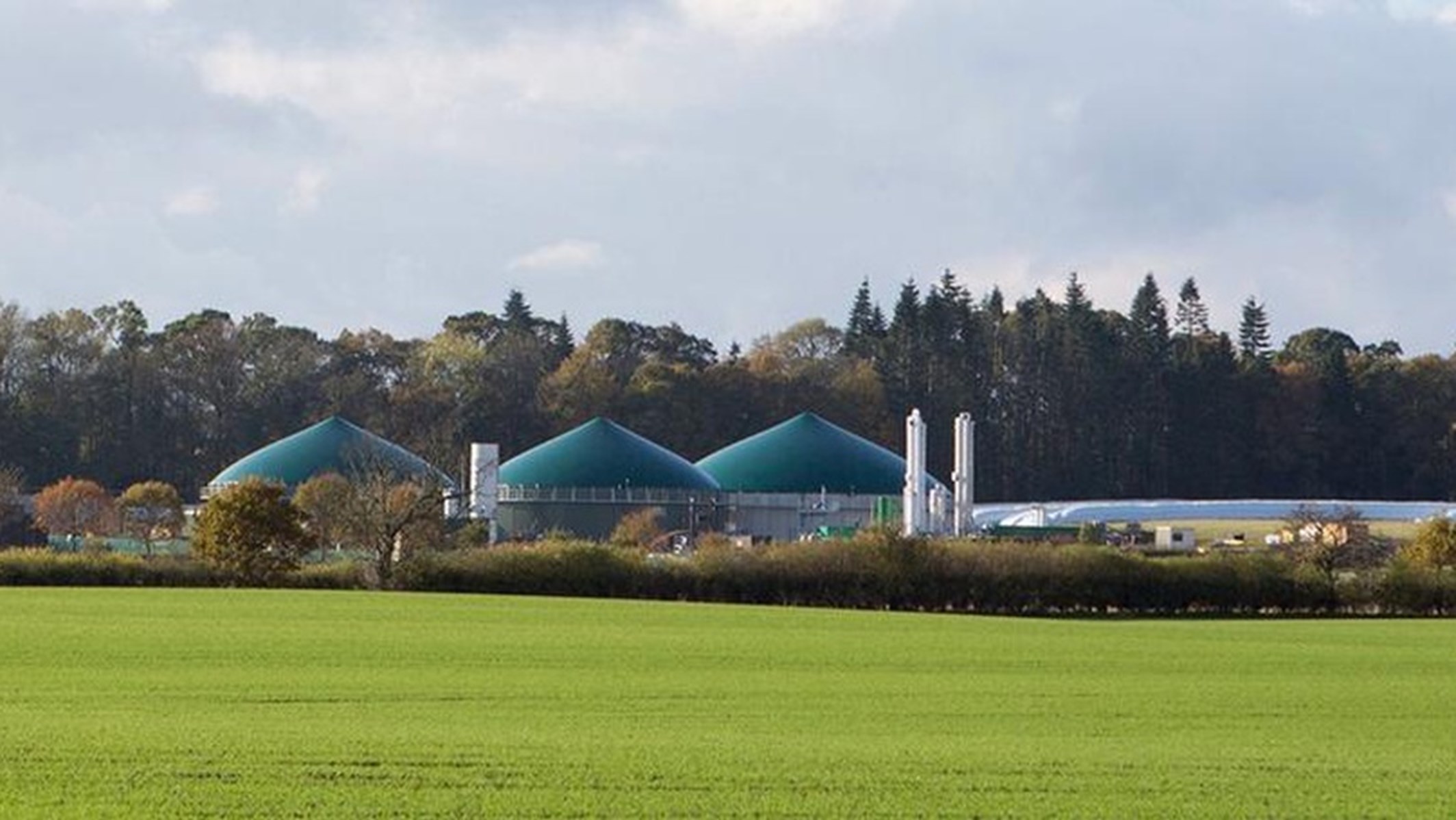
Anaerobic digestion is quietly being taken up on farms across Scotland and professional negotiation of crop supply is crucial for success.
Early in 2013 Charlesfield First, an operator of renewable energy projects, submitted an application for planning consent for the installation of an anaerobic digester (AD) Plant at Charlesfield, St Boswells, in the Scottish Borders. Consent was granted in May 2014 for the development of a plant to produce biomethane from arable crops and grass at the rate of 350m3/hour which, once "scrubbed", would be injected direct into the main gas grid. The annual income was projected to be about 3.8 million.
Whilst planning consent was being sought, Charlesfield First sourced funding of 9 million from a specialist investor in renewable projects, Iona Capital (Iona) which had invested about 28 million in 14 renewable projects throughout the UK.
To secure the funding Charlesfield First had to satisfy Iona that there was an adequate security of feedstock supply to fuel the plant. Although the planned life of the plant is 20 years, the funders dictated that, for the first 10 years, a minimum percentage of the feedstock would be available so that the operators of the plant could not be held to ransom.
With both planning and funding provisionally in place, Charlesfield First had to find farmers within about six miles of the plant who, together, would be prepared to commit the production from no less than 850 acres of arable land, and ideally over 1,000 acres, to the plant. CKD Galbraith were instructed to put this final piece into the jigsaw.
Initial canvassing of farmers soon established leasing would not work . So a 10-year contract was developed whereby farmers would commit to grow crops for the plant on a minimum acreage of their farm each year for which they would receive payment based on the cost of production plus a margin of 150 per acre. The plant operator takes possession of the standing crop in early summer which gives it control about the timing of cutting and transporting it to the plant for storing in silos until required.
The deadline for signing off agreements to release funding was September. Cropping agreements for the minimum acreage were in place by the deadline and, with the contracts subsequently agreed, a total of over 1,100 acres have been committed to the plant.
The key to success was the development of a contract which offered farmers flexibility whilst providing security of supply to the plant. There was no template to copy but with original thinking and engagement with prospective suppliers we were able to find a solution which secured the land, the funding and the project.